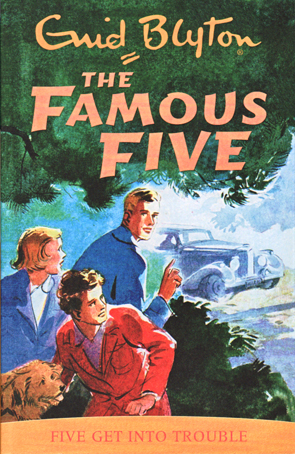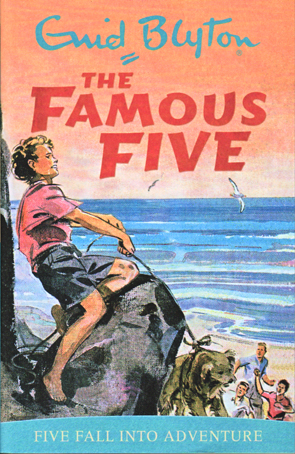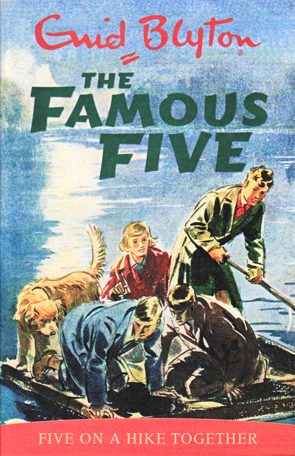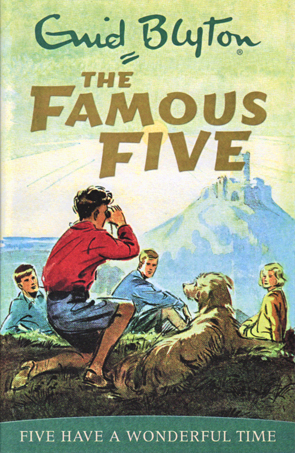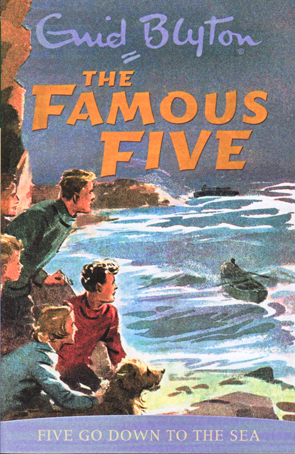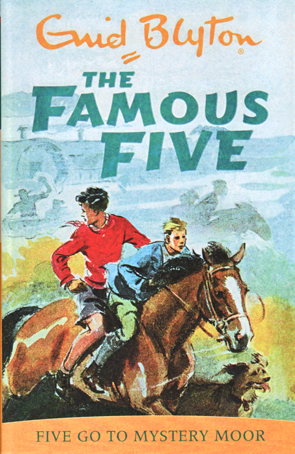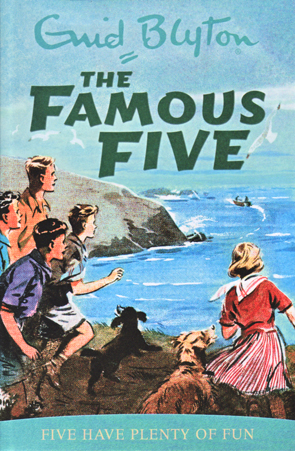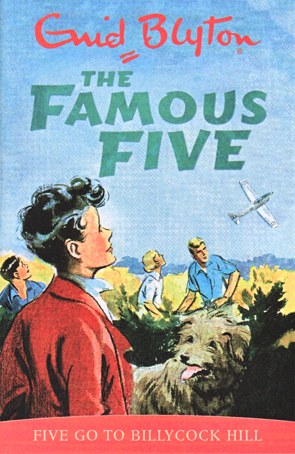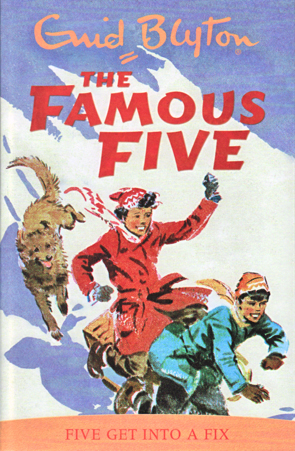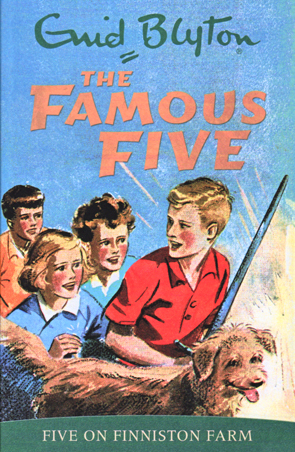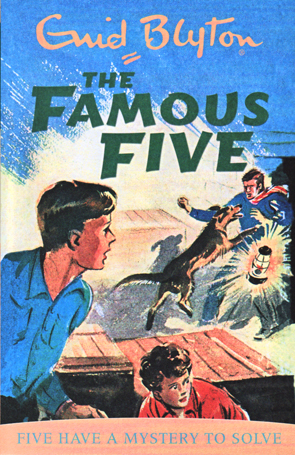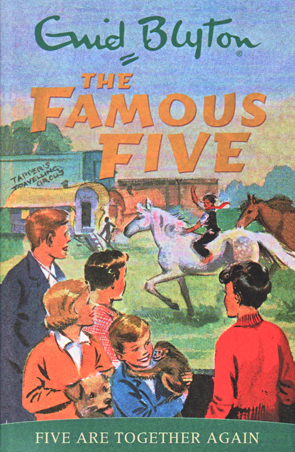
The first of ‘The Famous Five’ series, Five on a Treasure Island, was published in 1942 during the period many children were being sent from London to the country to protect them from bombing by the Germans. However, Blyton makes no use of this historical context. By comparison, the first published of C.S.Lewis’s ‘Narnia Series’, The Lion the Witch and the Wardrobe (1950), draws upon this historical context to send its heroes Peter, Susan, Edmund and Lucy to stay in the country with Professor Diggory, who we learn in a later prequel novel, The Magician’s Nephew, has himself had adventures in Narnia. Blyton’s first novel is set firmly within our world but makes no mention of the war. Instead, she offers a fantasised adventure based in an imagined ‘real’ world. The ruined castle in the novel is based upon Corfe Castle, but Kirrin Island upon which Blyton places it, is entirely fictitious. Julian, Dick and Anne are sent to Kirrin Bay to stay with their cousin Georgina, a girl who insists on being called ‘George’, not to escape the war, but to give their parents an opportunity to holiday in Scotland on their own.
The books have been the subject of criticism over their history, with accusations of racism, sexism and worrying nationalistic ideology. For my part, I read only some of the series out of order as a child but enjoyed them. This Special Reading Project is dedicated to a reading of the series in order. We will provide a basic overview of each book and consider character and series arcs and any other issues that seem relevant for each volume.
The series continued to be published for two decades, averaging one published book per year. The last book, Five are Together Again, was published in 1963, taking the series tally to twenty one.
-

#1 Five on a Treasure Island -
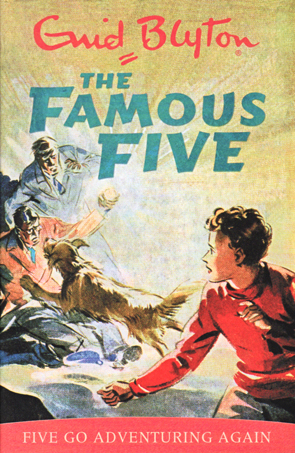
#2 Five Go Adventuring Again -

#3 Five Run Away Together -
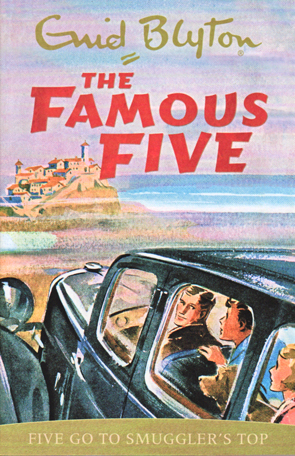
#4 Five Go To Smuggler's Top -
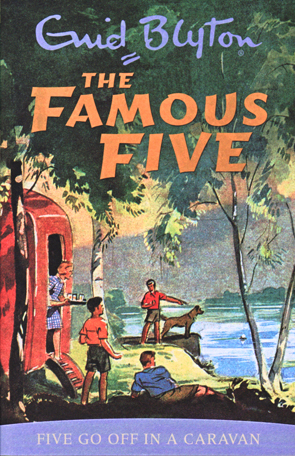
#5 Five Go Off in a Caravan -

#6 Five On Kirrin Island Again -
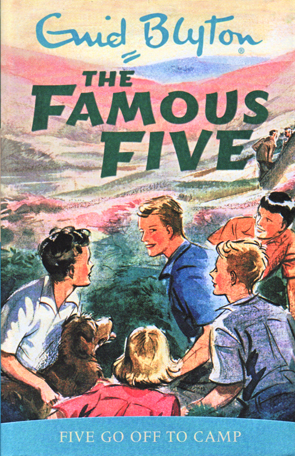
#7 Five Go Off to Camp
